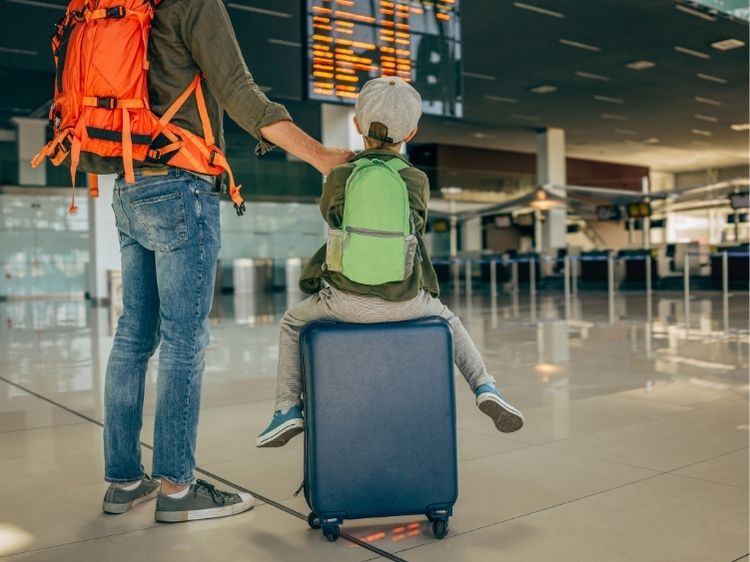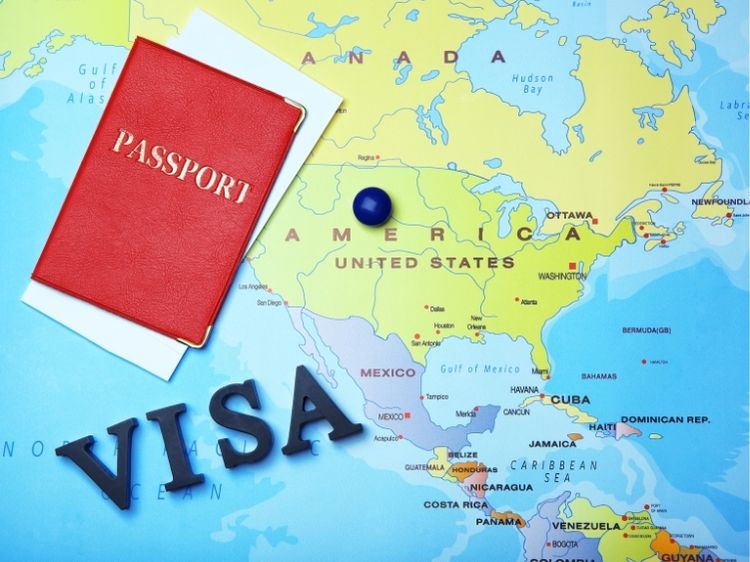So, you’re thinking of launching a new travel blog? That’s fantastic! Travel blogging is an exciting and fulfilling way to share experiences, inspire others, and even create a potential income stream. However, starting a travel blog that truly stands out requires a bit more than just posting snapshots of your latest trip. Let’s dive into the essentials for getting your travel blog off the ground and building an audience who can’t wait for your next post.
Why Start a Travel Blog?
Before we jump into the how, let’s quickly discuss the why. Why do people start travel blogs?
- To Share Adventures: Whether it’s hiking through remote mountains or exploring hidden city alleys, travel blogs let you share personal stories and inspire others to see the world.
- To Document Memories: A travel blog acts like a virtual scrapbook, documenting your experiences so you can look back on them forever.
- To Make Money: Yes, travel blogging can be profitable! Many bloggers earn income through ads, affiliate marketing, sponsored posts, or even paid collaborations with travel brands.
- To Build a Community: A travel blog can connect you with like-minded individuals worldwide who share your passion for travel.
Whatever your reason, having a clear goal can help shape your blog’s direction, style, and tone. Now, let’s get into the nitty-gritty of starting your new travel blog.
Step 1: Finding Your Unique Travel Niche
The internet is already filled with travel blogs. To stand out, it’s essential to have a unique niche—a specialized focus that makes your blog different from the others. Here are some niche ideas for your new travel blog:
- Budget Travel: Tips and tricks for traveling on a tight budget.
- Luxury Travel: Showcasing high-end destinations, accommodations, and experiences.
- Adventure Travel: Think hiking, scuba diving, skydiving—any travel experience that gets the adrenaline going.
- Food Travel: For those who believe the best way to know a culture is through its food.
- Solo Female Travel: Inspiring stories, tips, and advice for women traveling alone.
Your niche is your blog’s personality, so make sure it’s something you’re passionate about and can write extensively on.
Step 2: Naming Your Travel Blog
Once you know your niche, it’s time to choose a catchy name for your new travel blog. Here’s what to consider:
- Keep It Simple: A name that’s short, easy to remember, and easy to spell.
- Make It Relevant: Choose something related to travel or your niche.
- Check Domain Availability: Ensure the .com domain is available. Many blogging platforms allow you to check availability while you brainstorm names.
A few examples of memorable travel blog names might be “The Wandering Soul,” “Backpack Bliss,” or “Eat Pray Discover.”
Step 3: Setting Up Your Blog Platform
Now that you’ve got a name, you’ll need to choose a blogging platform. Here are some popular options to consider:
- WordPress.org: Known for flexibility and customization, perfect if you want full control.
- Wix or Squarespace: Ideal for beginners who prefer a drag-and-drop interface.
- Medium: Great for minimalist bloggers focused on storytelling rather than technical setup.
While WordPress offers more functionality, it may have a learning curve. If you’re tech-savvy and willing to learn, WordPress is the best long-term option for a professional blog.
Step 4: Designing Your Blog
Creating a visually appealing blog doesn’t require a design degree. Here are the basics for designing your new travel blog:
- Choose a Clean Theme: Keep it simple so readers can focus on your content. Avoid cluttered designs.
- Use High-Quality Photos: Travel is all about visual storytelling. Invest in a good camera or smartphone to capture stunning shots.
- Focus on User Experience (UX): Make sure your blog loads quickly, is mobile-friendly, and has intuitive navigation.
Step 5: Writing Engaging Content
Now, the part you’ve been waiting for—writing! To keep readers coming back, create content that’s valuable, engaging, and unique.
Tips for Creating High-Quality Blog Content
- Write in the First Person: Travel blogs are personal, so write as if you’re talking to a friend.
- Use Detailed Descriptions: Paint a vivid picture with your words. Describe sights, sounds, smells—immerse your readers in the experience.
- Incorporate Tips and Advice: Readers love practical advice they can use. If you’re writing about a city, include recommendations for restaurants, accommodations, and hidden gems.
- Keep Posts Informative and Actionable: Each post should either answer a question or solve a problem for your readers.
Step 6: Growing Your Audience
Once your blog is live and you’ve published your first few posts, it’s time to attract an audience. Here are a few tips to get you started:
- Leverage Social Media: Platforms like Instagram, Pinterest, and TikTok are goldmines for travel content.
- Collaborate with Other Bloggers: Guest posting on established travel blogs can bring new readers to your blog.
- Optimize for SEO: Use keywords, meta descriptions, and quality backlinks to improve your visibility on search engines.
- Engage with Your Readers: Reply to comments, ask questions, and encourage feedback.
FAQs
- How often should I post on my new travel blog?
Consistency is key! Aim to post at least once a week to keep your readers engaged and boost your SEO. - Can I make money from my travel blog right away?
It may take time. Start by building quality content and growing your audience. Once you have steady traffic, you can explore monetization options. - What are the best ways to promote my travel blog?
Utilize social media, guest post on other travel blogs, engage in travel communities, and invest time in SEO practices. - Do I need to be an expert photographer?
Not necessarily, but quality photos help. You can start with a good smartphone camera and learn editing techniques to enhance your images. - Should I use my real name or a pen name?
This is a personal choice. Using your real name can build credibility, but a pen name works if you prefer privacy or a different persona.
Final Thoughts
Starting a new travel blog is an exciting adventure in itself. Remember, the most important thing is to have fun and stay true to your style. Travel blogging takes time and dedication, but with patience and persistence, you’ll soon find yourself building a community of readers who eagerly follow your journey.



